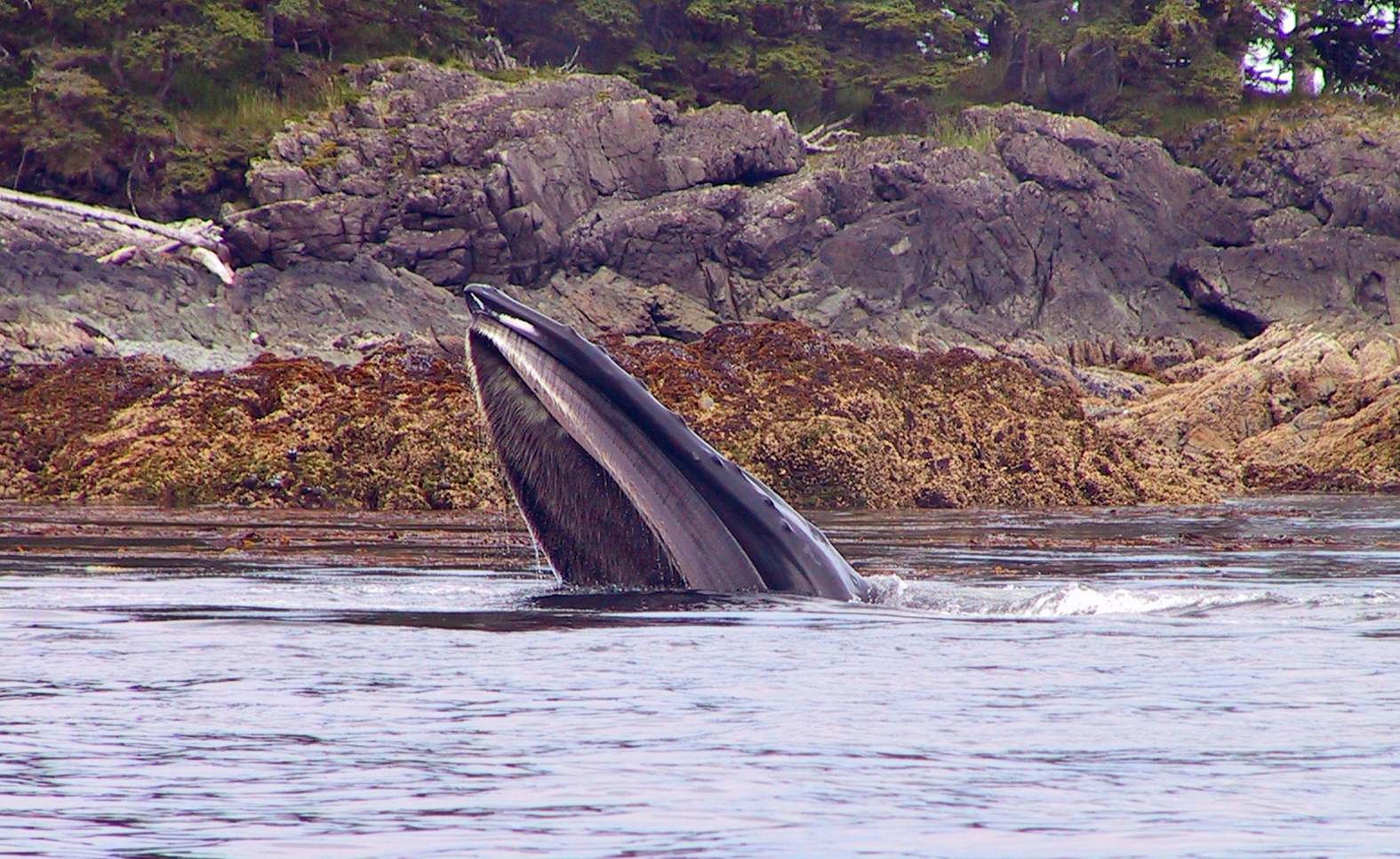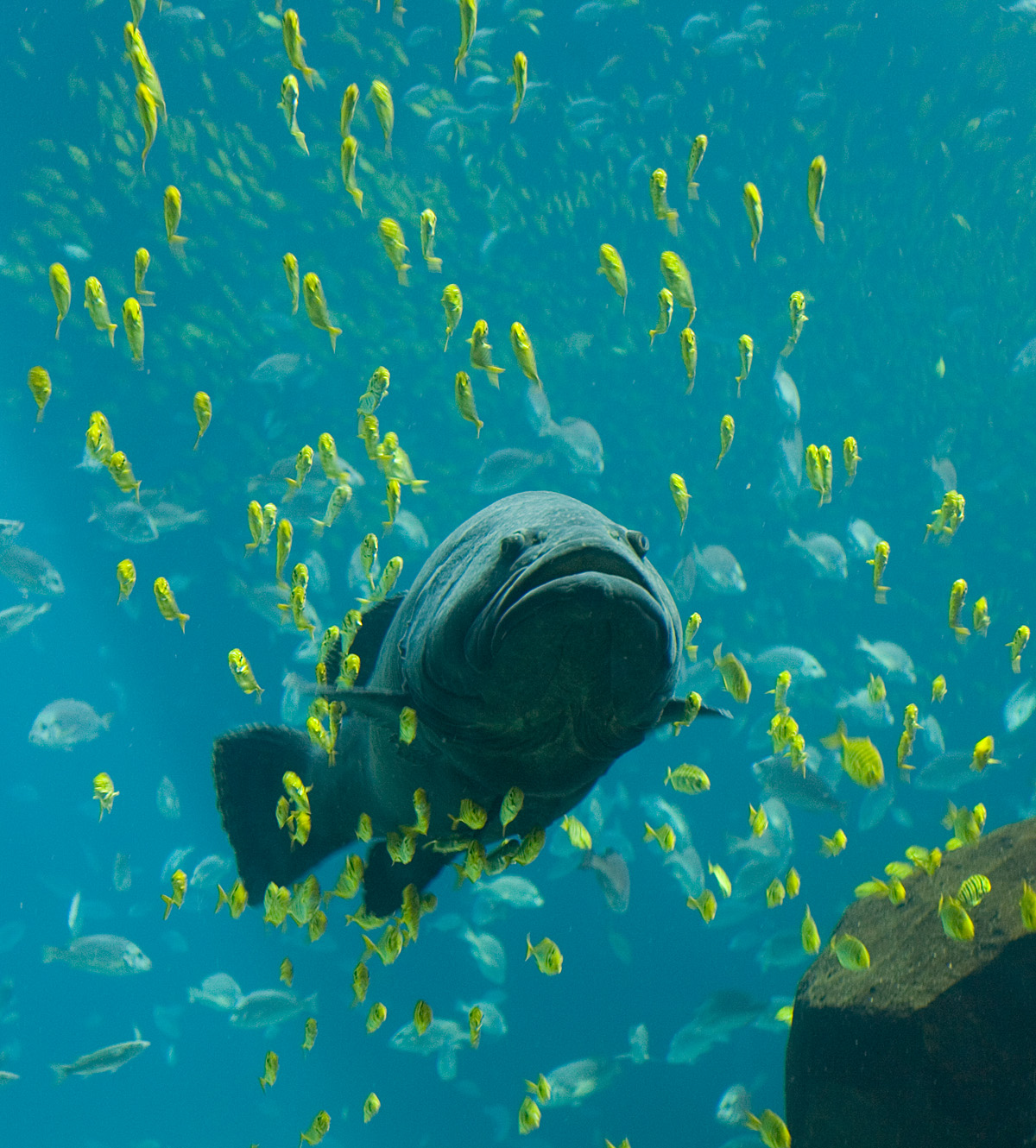|
Archaebalaenoptera
''Archaebalaenoptera'' is a genus of extinct rorqual known from late Miocene to Pliocene-age marine deposits of the Netherlands, northern Italy, and Peru. Classification The type species, ''A. castriarquati'', was discovered in 1983 from the sediments of the late Pliocene ( Piacenzian) Castell’Arquato Formation in northern Italy.M. Bisconti. 2007. A new basal balaenopterid whale from the Pliocene of northern Italy. ''Palaeontology'' 50(5):1103-1122 A cladistic analysis of Balaenopteridae recovered ''Archaebalaenoptera'' as one of if not the most primitive rorqual. A second ''Archaebalaenoptera'' species, ''A. liesselensis'', is known from the late Miocene (late Tortonian) Breda Formation near Liessel, in the Netherlands while an unnamed species is known from Peru. ''A. liesselensis'' differs from the type species and the unnamed Peruvian species in being larger.Bisconti M, Munsterman DK, Fraaije RHB, Bosselaers MEJ, Post K. 2020. A new species of rorqual whale (Cetacea, M ... [...More Info...] [...Related Items...] OR: [Wikipedia] [Google] [Baidu] |
Archaebalaenoptera Liesselensis
''Archaebalaenoptera'' is a genus of extinct rorqual known from late Miocene to Pliocene-age marine deposits of the Netherlands, northern Italy, and Peru. Classification The type species, ''A. castriarquati'', was discovered in 1983 from the sediments of the late Pliocene (Piacenzian) Castell’Arquato Formation in northern Italy.M. Bisconti. 2007. A new basal balaenopterid whale from the Pliocene of northern Italy. ''Palaeontology'' 50(5):1103-1122 A cladistic analysis of Balaenopteridae recovered ''Archaebalaenoptera'' as one of if not the most primitive rorqual. A second ''Archaebalaenoptera'' species, ''A. liesselensis'', is known from the late Miocene (late Tortonian) Breda Formation near Liessel, in the Netherlands while an unnamed species is known from Peru. ''A. liesselensis'' differs from the type species and the unnamed Peruvian species in being larger.Bisconti M, Munsterman DK, Fraaije RHB, Bosselaers MEJ, Post K. 2020. A new species of rorqual whale (Cetacea, Myst ... [...More Info...] [...Related Items...] OR: [Wikipedia] [Google] [Baidu] |
Rorqual
Rorquals () are the largest group of baleen whales, which comprise the family Balaenopteridae, containing ten extant species in three genera. They include the largest animal that has ever lived, the blue whale, which can reach , and the fin whale, which reaches ; even the smallest of the group, the northern minke whale, reaches . Rorquals take their name from French , which derives from the Norwegian word : the first element originated from the Old Norse name for this type of whale, , probably related to the Norse word for "red", and the second from the Norse word ''hvalr'' meaning "whale" in general. The family name Balaenopteridae is from the type genus, ''Balaenoptera''. Characteristics All members of the family have a series of longitudinal folds of skin running from below the mouth back to the navel (except the sei whale and common minke whale, which have shorter grooves). These furrows allow the mouth to expand immensely when feeding, "permitting them to engorge gre ... [...More Info...] [...Related Items...] OR: [Wikipedia] [Google] [Baidu] |
Balaenopteridae
Rorquals () are the largest group of baleen whales, which comprise the family Balaenopteridae, containing ten extant species in three genera. They include the largest animal that has ever lived, the blue whale, which can reach , and the fin whale, which reaches ; even the smallest of the group, the northern minke whale, reaches . Rorquals take their name from French , which derives from the Norwegian word : the first element originated from the Old Norse name for this type of whale, , probably related to the Norse word for "red", and the second from the Norse word ''hvalr'' meaning "whale" in general. The family name Balaenopteridae is from the type genus, ''Balaenoptera''. Characteristics All members of the family have a series of longitudinal folds of skin running from below the mouth back to the navel (except the sei whale and common minke whale, which have shorter grooves). These furrows allow the mouth to expand immensely when feeding, "permitting them to engorge gre ... [...More Info...] [...Related Items...] OR: [Wikipedia] [Google] [Baidu] |
2007 In Paleontology
Plants *A fossilized rainforest is discovered in a coal mine. Angiosperms Fungi newly named Arthropoda New taxa Fish Bony fish * * * Cartilaginous fish * Archosauromorphs Pseudosuchians Pterosaurs Newly named non-dinosaurian dinosauromorphs Newly named non-avian dinosauromorphs Data courtesy of George Olshevky's dinosaur genera list. Newly named birds Lepidosauromorpha Plesiosaurs * * Synapsids Non-mammalian Mammals Footnotes Complete author list As science becomes more collaborative, papers with large numbers of authors are becoming more common. To prevent the deformation of the tables, these footnotes list the contributors to papers that erect new genera and have many authors. References {{Portal, Paleontology 2007 in paleontology, ... [...More Info...] [...Related Items...] OR: [Wikipedia] [Google] [Baidu] |
Pliocene Cetaceans
The Pliocene ( ; also Pleiocene) is the epoch in the geologic time scale that extends from 5.333 million to 2.58See the 2014 version of the ICS geologic time scale million years ago. It is the second and most recent epoch of the Period in the . The Pliocene follows the Epoch and is followed by the |
Miocene Cetaceans
The Miocene ( ) is the first geological epoch of the Neogene Period and extends from about (Ma). The Miocene was named by Scottish geologist Charles Lyell; the name comes from the Greek words (', "less") and (', "new") and means "less recent" because it has 18% fewer modern marine invertebrates than the Pliocene has. The Miocene is preceded by the Oligocene and is followed by the Pliocene. As Earth went from the Oligocene through the Miocene and into the Pliocene, the climate slowly cooled towards a series of ice ages. The Miocene boundaries are not marked by a single distinct global event but consist rather of regionally defined boundaries between the warmer Oligocene and the cooler Pliocene Epoch. During the Early Miocene, the Arabian Peninsula collided with Eurasia, severing the connection between the Mediterranean and Indian Ocean, and allowing a faunal interchange to occur between Eurasia and Africa, including the dispersal of proboscideans into Eurasia. During the late ... [...More Info...] [...Related Items...] OR: [Wikipedia] [Google] [Baidu] |
Prehistoric Mammals Of Europe
Prehistory, also known as pre-literary history, is the period of human history between the use of the first stone tools by hominins 3.3 million years ago and the beginning of recorded history with the invention of writing systems. The use of symbols, marks, and images appears very early among humans, but the earliest known writing systems appeared 5000 years ago. It took thousands of years for writing systems to be widely adopted, with writing spreading to almost all cultures by the 19th century. The end of prehistory therefore came at very different times in different places, and the term is less often used in discussing societies where prehistory ended relatively recently. In the early Bronze Age, Sumer in Mesopotamia, the Indus Valley Civilisation, and ancient Egypt were the first civilizations to develop their own scripts and to keep historical records, with their neighbors following. Most other civilizations reached the end of prehistory during the following Iron Age. T ... [...More Info...] [...Related Items...] OR: [Wikipedia] [Google] [Baidu] |
Fossil Taxa Described In 2007
A fossil (from Classical Latin , ) is any preserved remains, impression, or trace of any once-living thing from a past geological age. Examples include bones, shells, exoskeletons, stone imprints of animals or microbes, objects preserved in amber, hair, petrified wood and DNA remnants. The totality of fossils is known as the ''fossil record''. Paleontology is the study of fossils: their age, method of formation, and evolutionary significance. Specimens are usually considered to be fossils if they are over 10,000 years old. The oldest fossils are around 3.48 billion years old to 4.1 billion years old. Early edition, published online before print. The observation in the 19th century that certain fossils were associated with certain rock strata led to the recognition of a geological timescale and the relative ages of different fossils. The development of radiometric dating techniques in the early 20th century allowed scientists to quantitatively measure the absolute ... [...More Info...] [...Related Items...] OR: [Wikipedia] [Google] [Baidu] |
Humpback Whales
The humpback whale (''Megaptera novaeangliae'') is a species of baleen whale. It is a rorqual (a member of the family Balaenopteridae) and is the only species in the genus ''Megaptera''. Adults range in length from and weigh up to . The humpback has a distinctive body shape, with long pectoral fins and tubercles on its head. It is known for breaching and other distinctive surface behaviors, making it popular with whale watchers. Males produce a complex song typically lasting 4 to 33 minutes. Found in oceans and seas around the world, humpback whales typically migrate up to each year. They feed in polar waters and migrate to tropical or subtropical waters to breed and give birth. Their diet consists mostly of krill and small fish, and they use bubbles to catch prey. They are promiscuous breeders, with both sexes having multiple partners. Orcas are the main natural predators of humpback whales. Like other large whales, the humpback was a target for the whaling industry. ... [...More Info...] [...Related Items...] OR: [Wikipedia] [Google] [Baidu] |
Ram Feeding
Aquatic feeding mechanisms face a special difficulty as compared to feeding on land, because the density of water is about the same as that of the prey, so the prey tends to be pushed away when the mouth is closed. This problem was first identified by Robert McNeill Alexander. As a result, underwater predators, especially bony fish, have evolved a number of specialized feeding mechanisms, such as filter feeding, ram feeding, suction feeding, protrusion, and pivot feeding. Most underwater predators combine more than one of these basic principles. For example, a typical generalized predator, such as the cod, combines suction with some amount of protrusion and pivot feeding. Suction feeding Suction feeding is a method of ingesting a prey item in fluids by sucking the prey into the predator's mouth. It is a highly coordinated behavior achieved by the dorsal rotation of the dermatocranium, lateral expansion of the suspensorium, and the depression of the lower jaw and hyoid. Su ... [...More Info...] [...Related Items...] OR: [Wikipedia] [Google] [Baidu] |
Tortonian
The Tortonian is in the geologic time scale an age or stage of the late Miocene that spans the time between 11.608 ± 0.005 Ma and 7.246 ± 0.005 Ma (million years ago). It follows the Serravallian and is followed by the Messinian. The Tortonian roughly overlaps with the regional Pannonian Stage of the Paratethys timescale of Central Europe. It also overlaps the upper Astaracian, Vallesian and lower Turolian European land mammal ages, the upper Clarendonian and lower Hemphillian North American land mammal ages and the upper Chasicoan and lower Huayquerian South American land mammal ages. Definition The Tortonian was introduced by Swiss stratigrapher Karl Mayer-Eymar in 1858. It was named after the Italian city of Tortona in the region Piedmont. The base of the Tortonian Stage is at the last common appearance of calcareous nanoplankton '' Discoaster kugleri'' and planktonic foram '' Globigerinoides subquadratus''. It is also associated with the short normal polarized magneti ... [...More Info...] [...Related Items...] OR: [Wikipedia] [Google] [Baidu] |
Breda Formation
The Breda Formation ( nl, Formatie van Breda; abbreviation: BR) is a geologic formation in the subsurface of the Netherlands. The formation consists of marine glauconiferous sands and clays that were deposited during the Miocene epoch. Although the formation is not very rich in fossils, sometimes bones of fishes, mammals ( ''Leptophoca'' cf. ''proxima'', '' Protophocaena minima''),Liessel at .org s and (a.o of |








